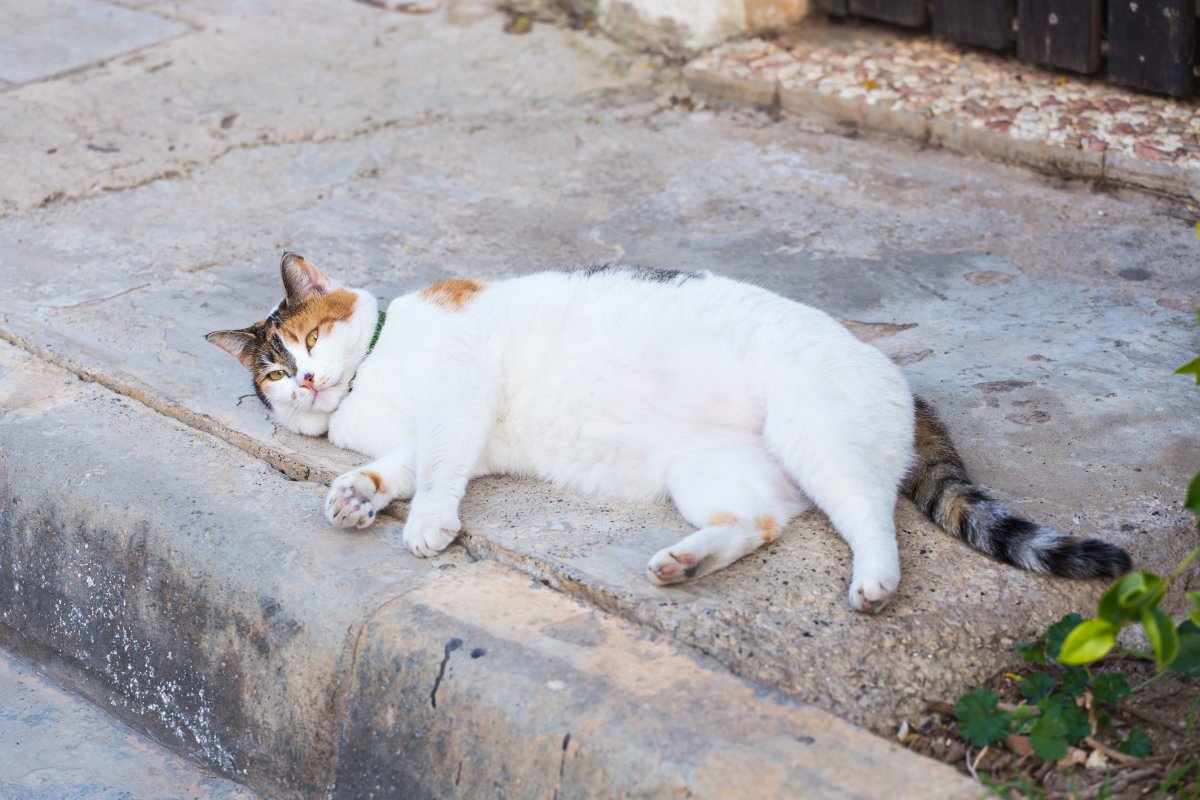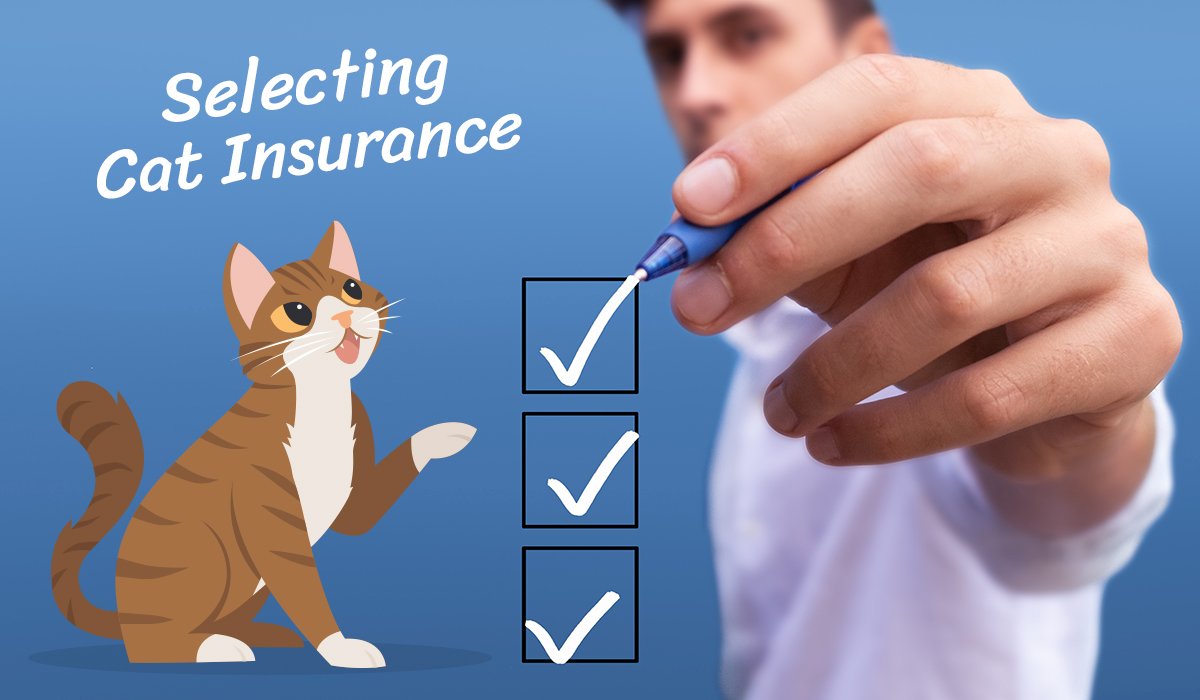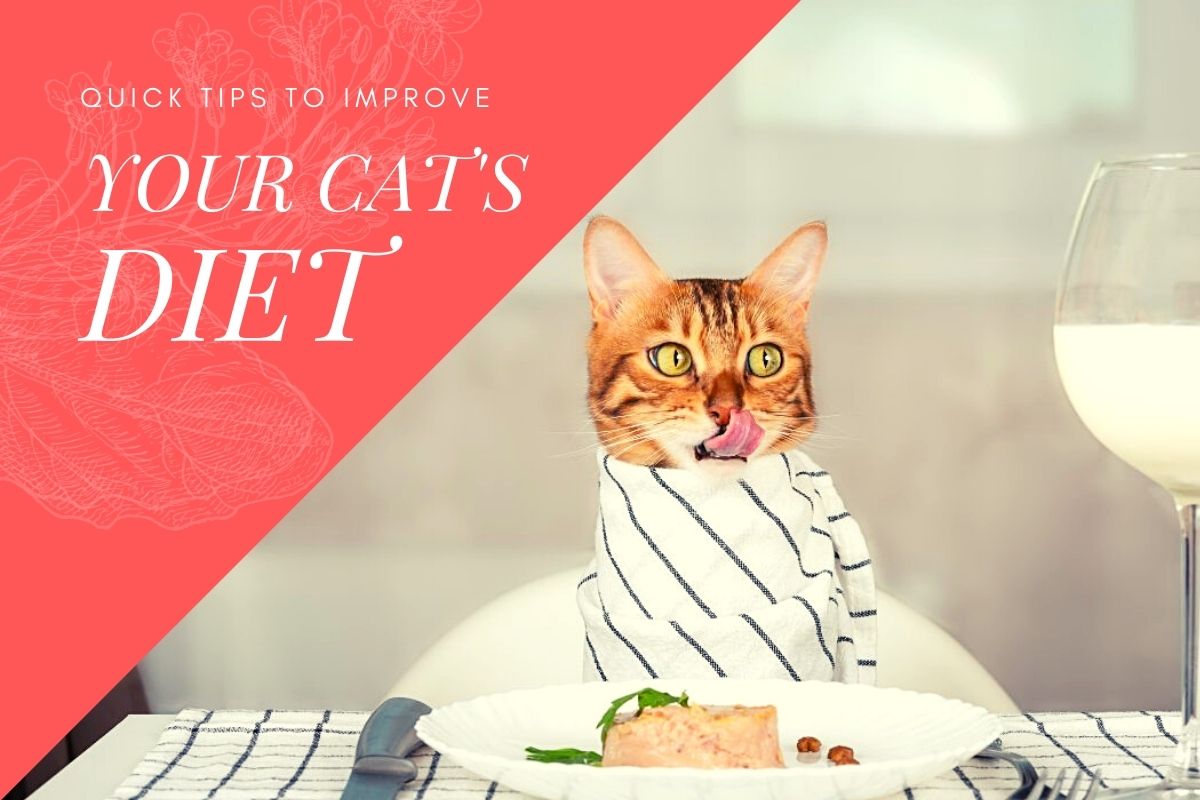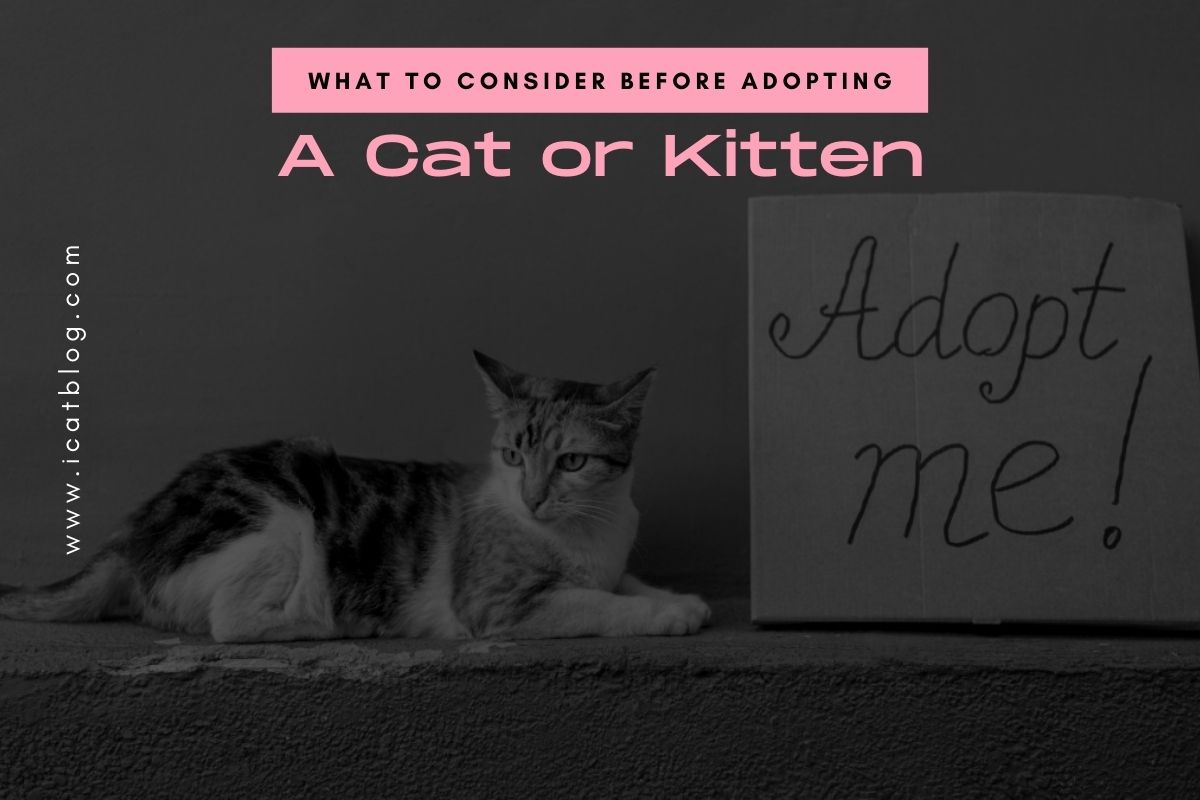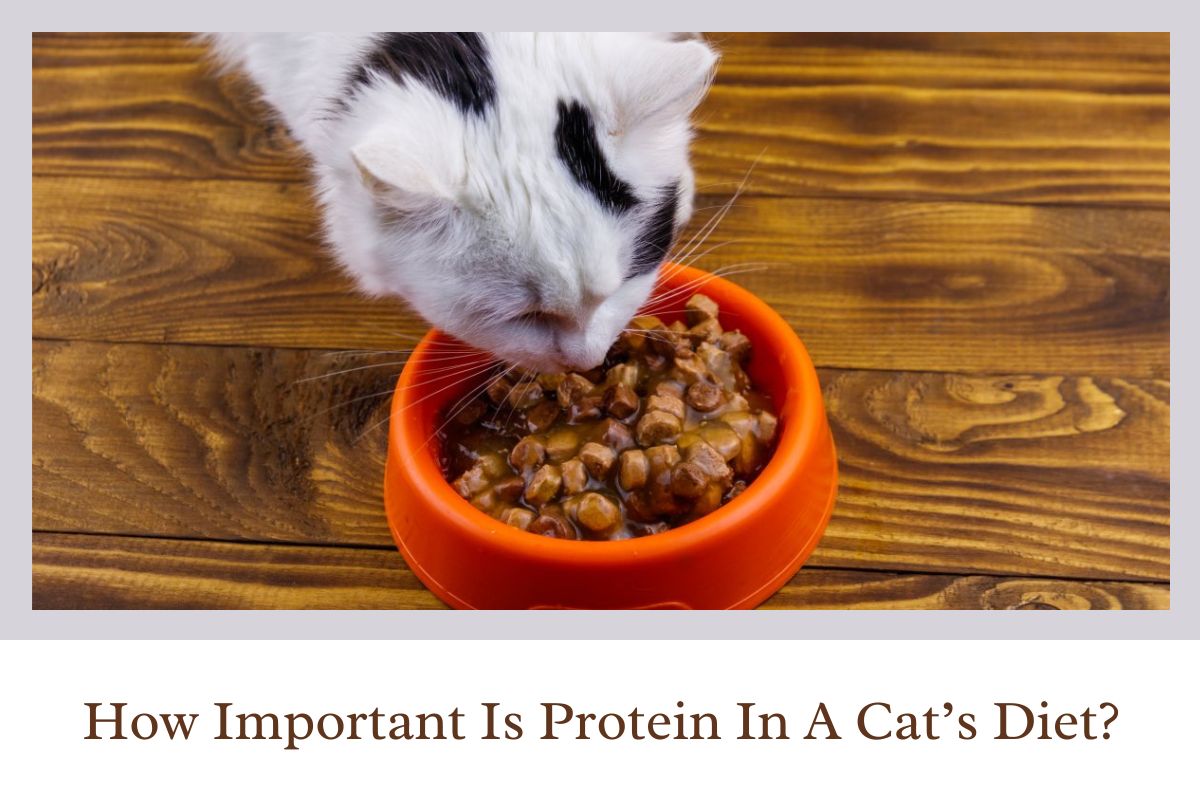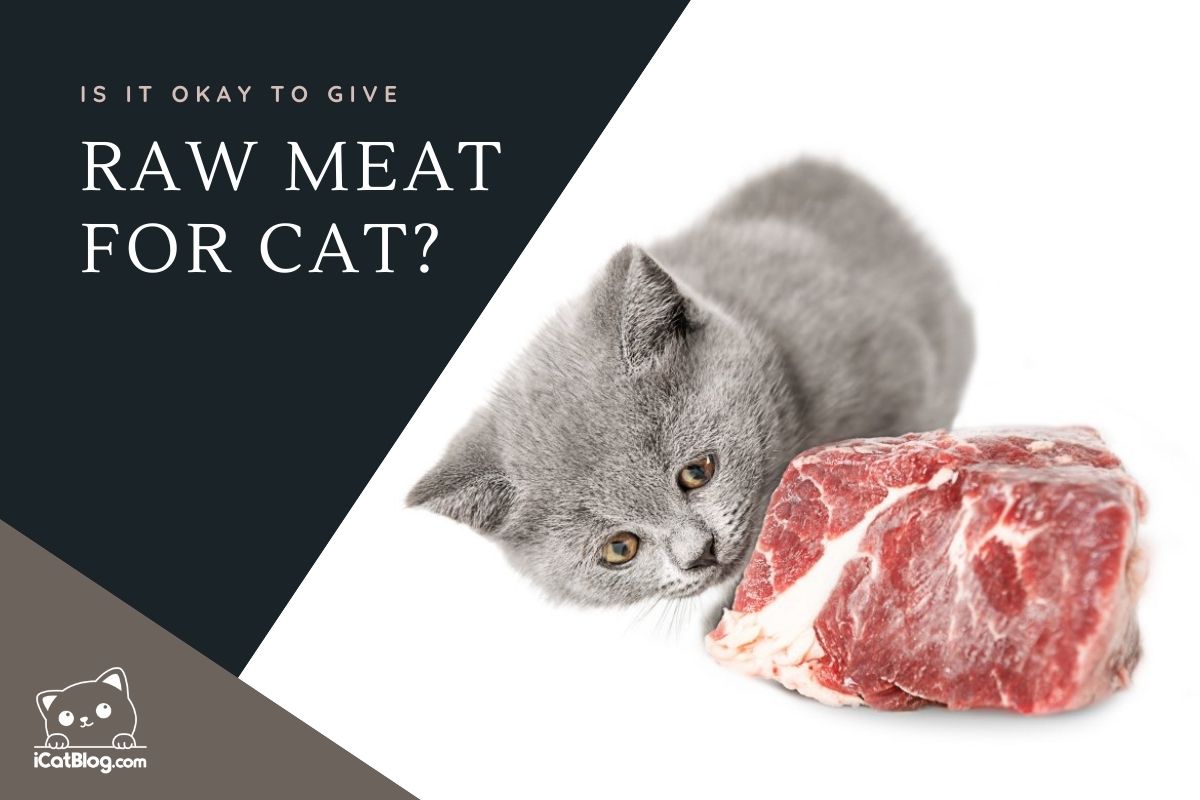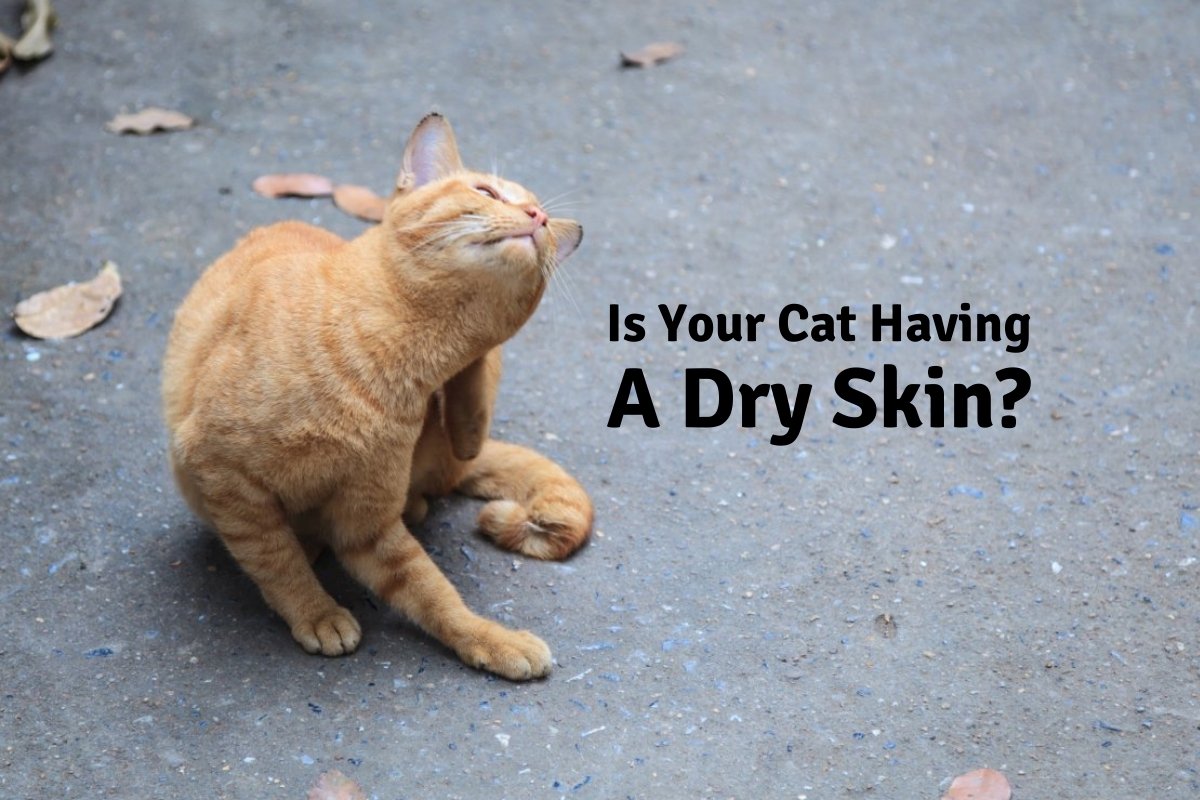When they are normal and healthy, cats love to eat. Cats have such an appetite that to curb their hunger, they can hunt down up to 20 small animals. However, sometimes, cats have no control over their diet and they can eat unnecessarily. This causes obesity and obesity lead to several other health issues. Therefore, if you want your chubby felines to stay healthy and active, you should keep it on a diet where it feels full after meals. Also, those meals should provide it with all the necessary nutrients that’ll keep it healthy and fit. Here are some tips that can help you form an effective diet plan for your cat, so that it stops begging you for food, feels full for longer, and loses weight.
1. Keep your cat on a Wet Food Diet
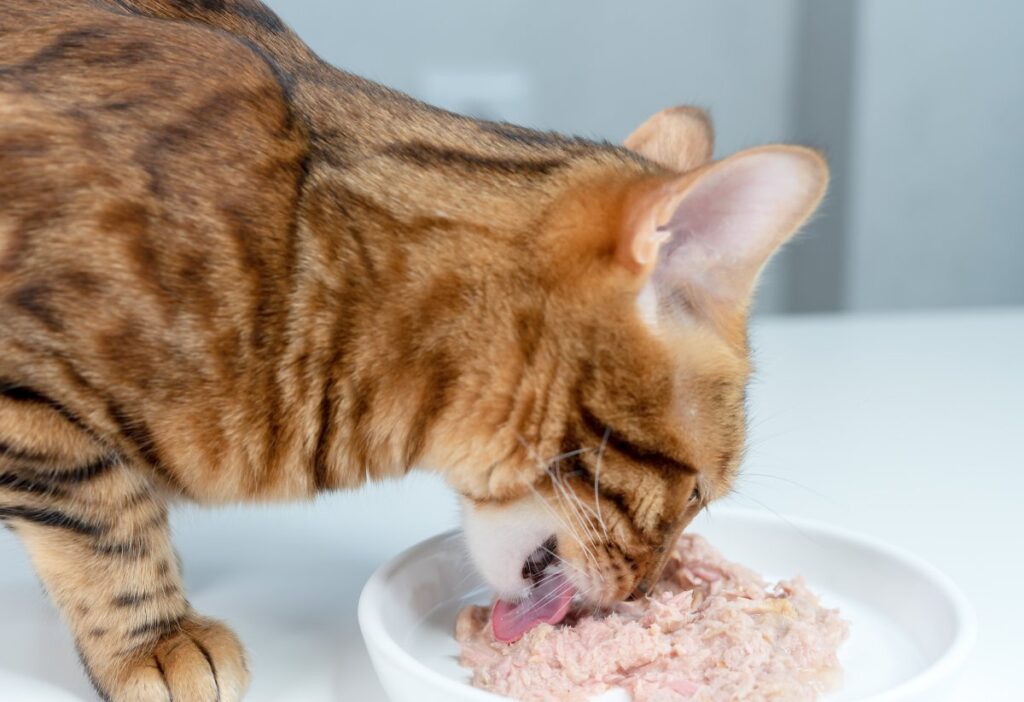
Wet food is expensive than dry food, however, it is expensive for a reason. Wet foods are high in water content, which means that not only your cat can hydrate itself without drinking water, it can also help cats eat more while consuming lesser calories. Wet food is filling and your cat won’t feel hungry for much longer.
2. Stop your cat from grazing
Dry food is not effective for weight loss in cats as cats love to frequently graze on dry food. Cats like to eat more frequently than dogs and while dry foods are high in calories, cats gain weight. Dry food makes cats feel hungry all day long, which is why they keep munching on it. Giving your cat wet food at specific meal times is a lot better for your furry buddy’s calorie management.
3. Minimize treats
Cats love treats and owners give them treats multiple times a day. However, treats pack a lot of calories and don’t make your cat feel full. The result? Weight gain! Therefore, only consider giving your cat treats during playtime. Also, never feed your cat human food in the form of treats, as human food contains a lot more calories and cats can’t handle it. Therefore, avoid giving your cat human biscuits when you run out of cat food or treats.
4. Let your cat hunt
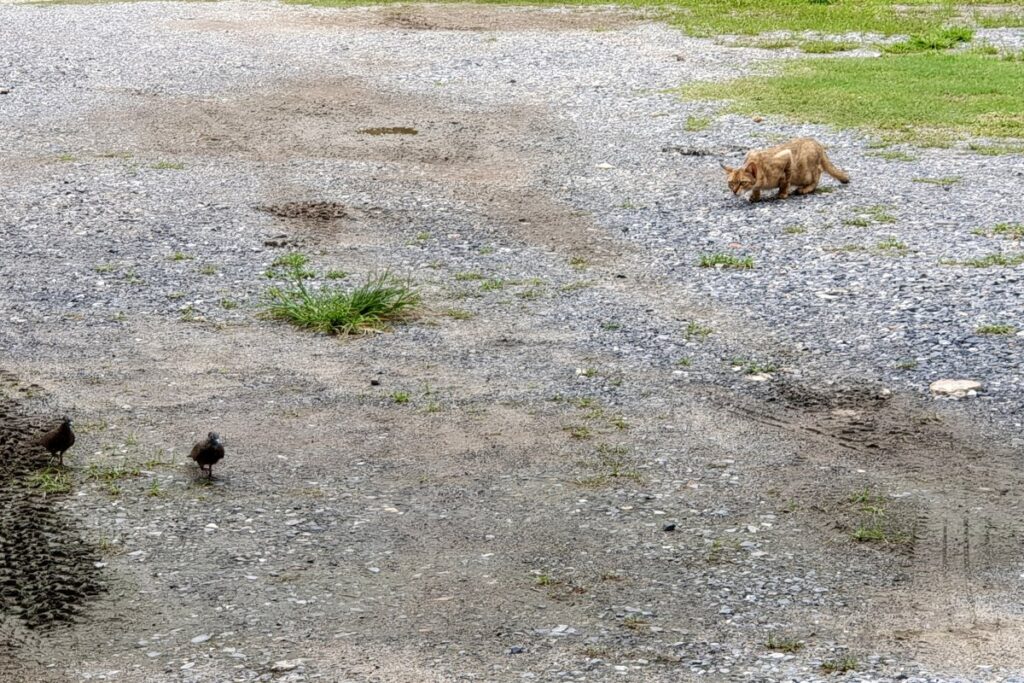
Unlike dogs, cats love to hunt, and even when they get domesticated, they don’t leave their hunting instinct. If you want your cat to stay fit, it is better to let it hunt. Hunting is great for your cat’s fitness as now, it won’t get food by just sitting near its bowl, it will have to hunt down small animals to eat, which is a great physical activity. Cats can hunt up to 20 small animals per day, and this activity will not only fill their appetite but is also going to be a great physical activity for them.
5. Replace water with food sometimes
Sometimes when your cat feels hungry, it is mistaking its thirst with hunger. Cats rarely tell you when they are thirsty. They normally avoid drinking water and end up concentrating their urine, causing urinary tract infections and other kidney-related diseases. SO, if your cat asks for food just after a meal, give it a bowl of water, as this might be something that it needs at the moment.
6. Add L-Carnitine to your cat’s diet
L-Carnitine is a dietary supplement for cats that increases your furry buddy’s metabolic rate. According to various studies, the L-Carnitine supplement has proven useful for weight loss in cats. This supplement reacts with the fatty acids in your cat’s liver and converts fat cells into energy. However, before giving your cat any medication or supplement, consult your vet.
7. Ignore when your cat continuously begs for food
It’s hard to say no to a cat that is begging you for food, but if it’s doing it now and then, you have no other choice. If your cat is begging for food even after a meal, you have to ignore its begging and the most you can do in this case is serve it a bowl of water. You have to stick to a schedule and feed your cat accordingly to improve calorie management. If your cat begs for food, distract it by playing with it and offering an occasional treat.
8. Look for diet food
Just like human food, there are also multiple diet cat food options you can consider while buying food for your feline friend. These are low in calories and high in nutrients. It is difficult to make a switch in your cat’s diet, so try to gradually switch its diet for around two weeks so that your cat doesn’t get aggressive and repulsive.
9. Keep your cat on a protein diet
The best way to help your cat lose weight is by keeping it on a diet that is high in protein and low in fat. High protein diets help improve your cat’s digestive abilities. Also, cats digest protein more efficiently compared to carbohydrates. Protein also helps cats in building muscles, improving the strength of their limbs, and being more active and agile.
10. Consult your vet
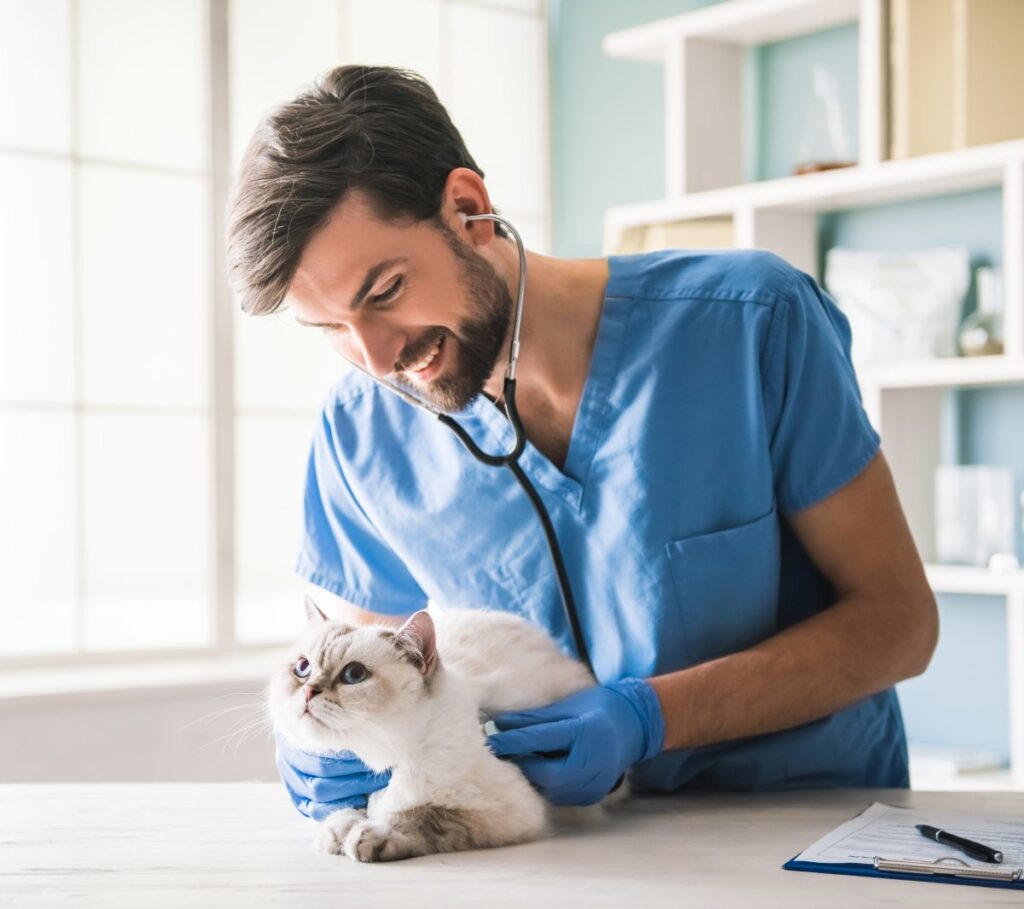
There can be several reasons behind your cat’s sudden increase in appetite and weight gain. If you want to find out the cause of your cat’s sudden weight gain, it is important to visit your vet. Visiting a vet frequently can help you decide on what diet your cat should follow, what medicines and supplements will work, and what are the risks of obesity in cats. Vets around the world recommend Purina Ha Cat Food and Purina Allergy Cat Food (if your cat is allergic) for your furry buddy as it not only provides your cat with all the necessary nutrients, it also helps in weight management.
There’s not a lot of difference between humans and cats when it comes to eating. Both love food and tend to overeat. Overeating leads to obesity and obesity is the root cause of many diseases in cats. Therefore, make sure that your cat plays more and eats less.

